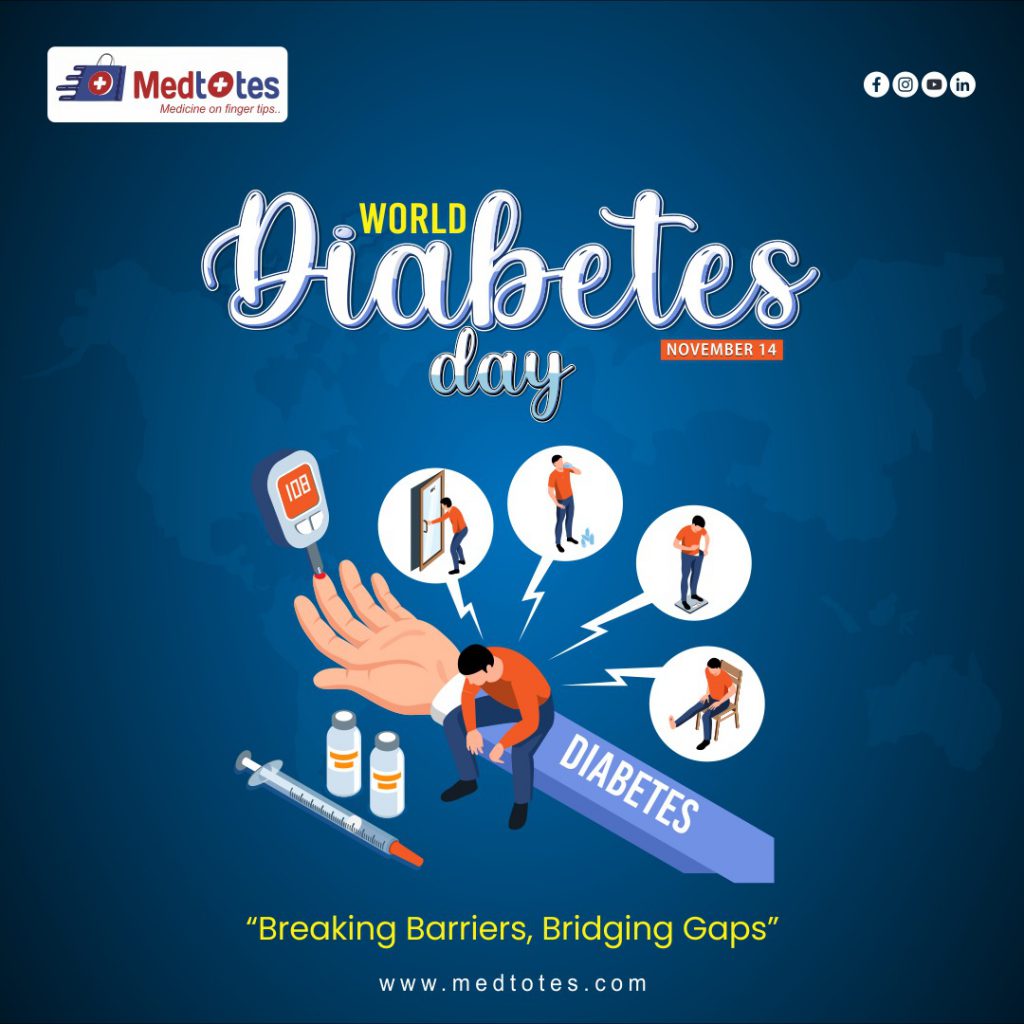I. Introduction
Diabetes is one of the most prevalent chronic health conditions worldwide, affecting over 400 million people. This disease, which impacts the way your body processes blood sugar (glucose), has become a major public health concern. With its rising rates, diabetes affects not only the individual’s health but also places a significant burden on healthcare systems globally.
While there’s no cure for diabetes, the good news is that with early detection, proper management, and lifestyle changes, people with diabetes can live long, healthy lives. In this blog, we’ll explore the causes, symptoms, prevention strategies, and treatment options for diabetes.

II. Causes and Symptoms of Diabetes
Diabetes is generally divided into two main types: Type 1 and Type 2. Both types are related to issues with insulin, a hormone that helps regulate blood sugar levels. However, the causes and risk factors differ between them.
Type 1 Diabetes
Type 1 diabetes is an autoimmune condition where the body attacks and destroys insulin-producing cells in the pancreas. The exact cause is still unclear, but it is believed that genetics and certain environmental factors (like viral infections) play a role in its development. It usually appears in childhood or adolescence, though it can develop at any age.
Type 2 Diabetes
Type 2 diabetes is more common and occurs when the body becomes resistant to insulin or the pancreas doesn’t produce enough insulin. Lifestyle factors, such as poor diet, lack of exercise, and obesity, significantly increase the risk of developing Type 2 diabetes. It typically develops in adults, but due to rising obesity rates, it’s now being seen in children as well.
Gestational Diabetes
Gestational diabetes occurs during pregnancy and affects women who have never had diabetes before but develop high blood sugar levels during pregnancy. While gestational diabetes often resolves after childbirth, women who experience it have an increased risk of developing Type 2 diabetes later in life.
III. Common Symptoms of Diabetes
The symptoms of diabetes can vary depending on the type and how well the blood sugar is controlled, but common signs include:
- Frequent urination
- Increased thirst
- Extreme hunger
- Fatigue
- Blurred vision
- Slow-healing sores or cuts
- Unexplained weight loss (more common in Type 1)
IV. Prevention and Treatment of Diabetes
Prevention of Type 2 Diabetes
While Type 1 diabetes cannot be prevented, Type 2 diabetes can often be prevented or delayed through lifestyle changes. Here are some key prevention strategies:
- Maintain a Healthy Weight
Being overweight or obese increases your risk of developing Type 2 diabetes. Losing even a small amount of weight—5 to 10% of your total body weight—can help improve insulin sensitivity and lower blood sugar levels. - Eat a Balanced Diet
Focus on a diet rich in whole grains, vegetables, lean proteins, and healthy fats. Minimize processed foods, sugary snacks, and drinks that can spike blood sugar levels. - Exercise Regularly
Physical activity helps your body use insulin more efficiently. Aim for at least 30 minutes of moderate exercise, such as walking, swimming, or cycling, most days of the week. - Quit Smoking
Smoking increases your risk of Type 2 diabetes and can exacerbate complications for people already diagnosed. If you smoke, seek help to quit. - Monitor Blood Sugar
If you are at risk of diabetes or have prediabetes, regular blood sugar checks can help detect any abnormalities early, allowing for timely intervention.
V. Treatment of Diabetes
The treatment for diabetes varies based on the type and severity of the condition.
- For Type 1 Diabetes: Since the body cannot produce insulin, people with Type 1 diabetes must take insulin regularly. This can be administered through injections or an insulin pump. Blood sugar levels need to be closely monitored, and patients also need to maintain a healthy diet and exercise routine.
- For Type 2 Diabetes: Initially, Type 2 diabetes may be managed through lifestyle changes like diet and exercise. If blood sugar levels remain high, medications such as Metformin or other oral drugs may be prescribed. In some cases, insulin therapy may also be necessary. Continuous monitoring of blood sugar levels is crucial for effective management.
- For Gestational Diabetes: Treatment often involves controlling blood sugar through diet and exercise. In some cases, insulin or oral medications may be needed. Most women’s blood sugar levels return to normal after delivery, but it’s important for them to maintain a healthy lifestyle afterward to reduce the risk of Type 2 diabetes in the future.
VI. Conclusion
Diabetes is a serious condition, but with the right management and lifestyle changes, it is possible to live a long and healthy life. Prevention is key for Type 2 diabetes, and early intervention is crucial for all types. Understanding the causes, recognizing the symptoms, and taking proactive steps toward prevention and treatment are essential in managing diabetes effectively.
